Zhujiang teaches you how to choose heat-resistant and high-temperature Guangzhou cables
General electric wires and cables are insulated and sheathed with plastic and rubber. These materials are conventional engineering materials, have abundant sources, can meet mass production, and the cost is relatively low. But for some special industries such as petrochemical, steel, aerospace, shipbuilding, military, pharmaceutical, food, plastic machinery, boilers and other industries related to heat and high temperature, wires and cables that can withstand a certain higher temperature are required. Ordinary wires Obviously, cables cannot be used, and high-temperature-resistant wires and cables are required to ensure the safe operation of their power and signals.
With the rapid development of my country’s economy, the demand for high-temperature cables in special industries has shown rapid growth. Heat-resistant and high-temperature cables are growing at a rate of 20% every year. As an important part of special cables, high-temperature cables have strong vitality. In short supply, my country imports about 2 billion yuan from abroad every year for domestic construction. The International Electrotechnical Commission's (IEC) general regulations on the heat resistance of insulation are divided into:
Heat resistance grade YAEBFHC
Maximum allowable working temperature/℃ 90 105 120 130 155 180 ≥ 180
The wire and cable insulation and sheath we generally use are ordinary engineering rubber and plastic as the basic resin, but the requirement is insulation level. Common rubber materials for cables include: butadiene rubber, ethylene-propylene rubber, natural rubber and chlorosulfonated polyethylene, etc., and the working temperature is (60~75) ℃; common cable plastic materials include polyvinyl chloride, polyethylene (including cross-linked The working temperature is (70~90)℃. It can be seen that these cables are not strictly heat-resistant or high-temperature cables.
Heat-resistant cables generally refer to cables with a temperature of (90~155)°C and below, while high-temperature cables are cables with a temperature of 180°C and above. To solve the problem that ordinary cables are not resistant to high temperatures, it is necessary to improve the materials or use insulation-grade materials that can withstand high temperatures.


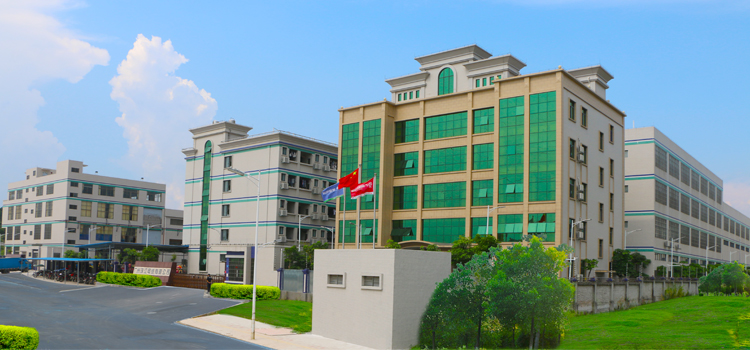 Company Profiles
Company Profiles Company Culture
Company Culture Message
Message Honor
Honor Video Center
Video Center Company Reality
Company Reality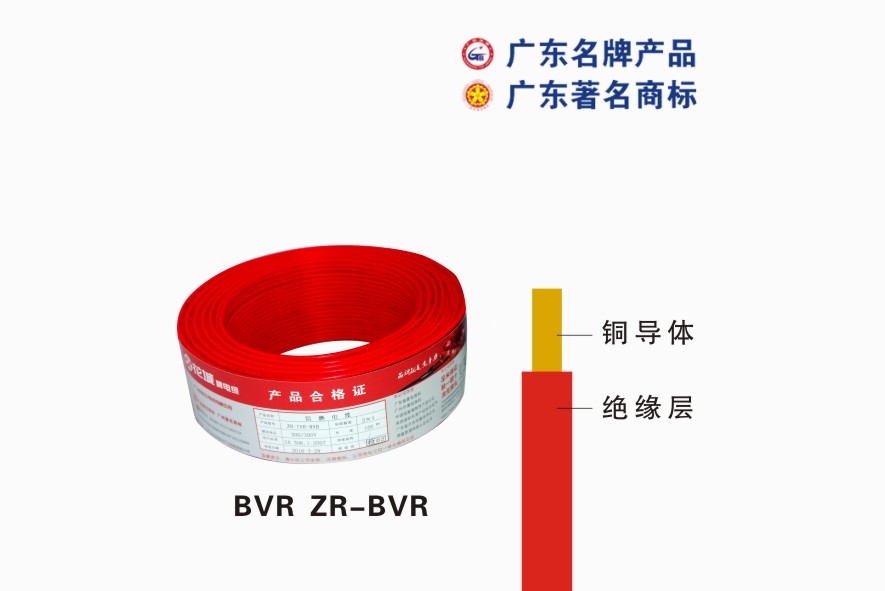 Pearl River Cable
Pearl River Cable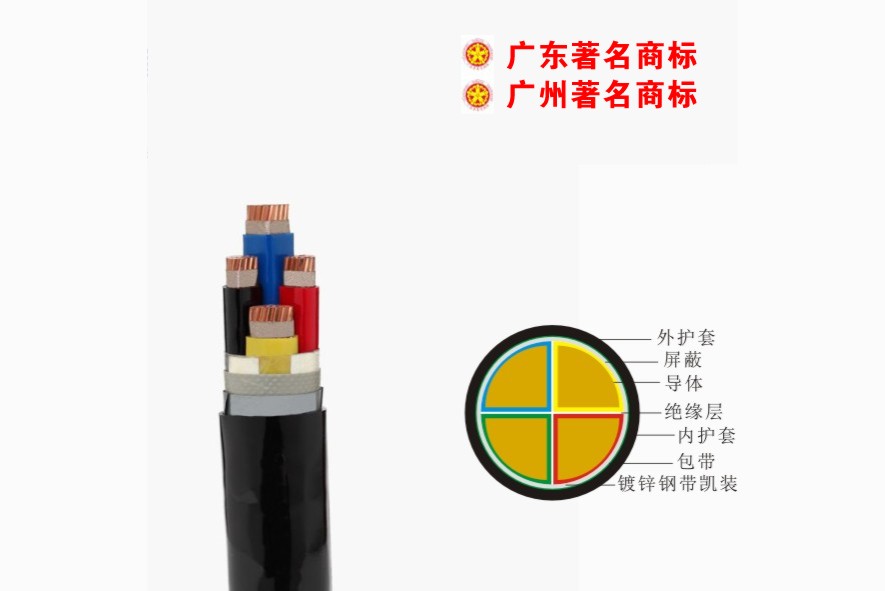 Low Voltage Cable
Low Voltage Cable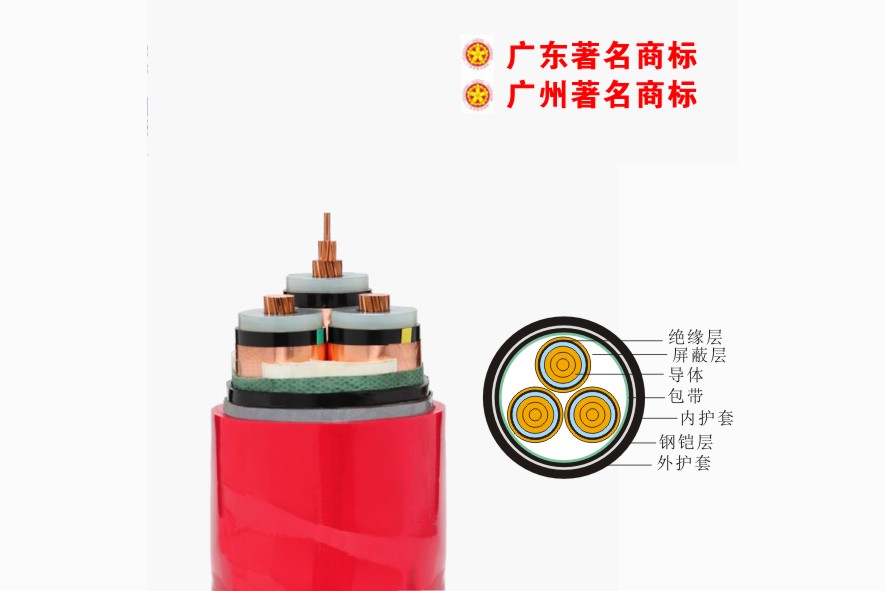 Medium Voltage
Medium Voltage Mineral Cable
Mineral Cable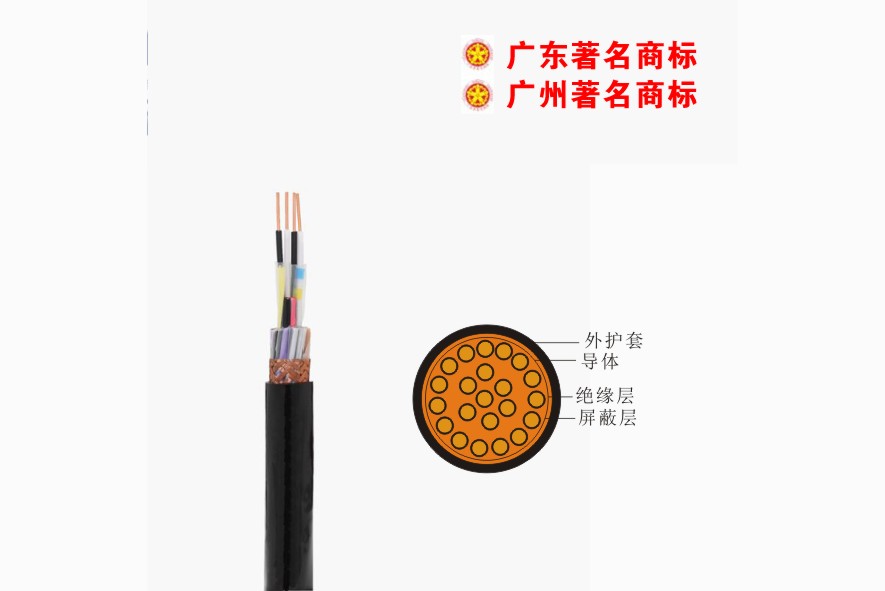 Control Signal Cable
Control Signal Cable Corporate News
Corporate News Cable Information
Cable Information Media Reports
Media Reports Network Reprint
Network Reprint


